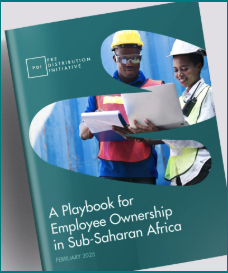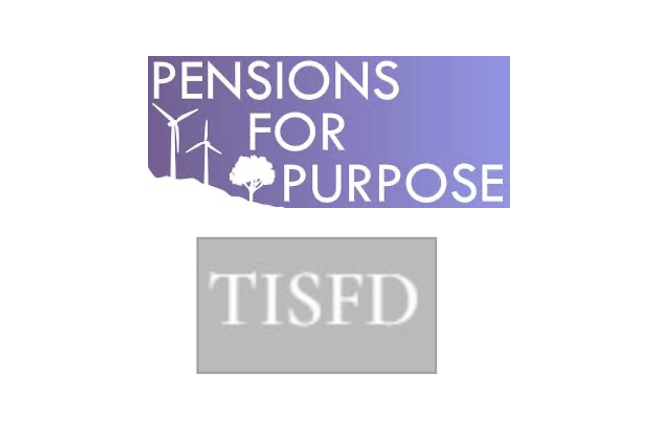[…]
Meeting the Moment:Economic and financial reform in an age of populism and the polycrisis

Research





The Predistribution Initiative (PDI) and Railpen co-hosted the webinar “Perspectives on Workforce Directors: Opportunities & Challenges.” This webinar explored the growing momentum around workforce-appointed directors and their potential to reshape corporate governance. With a growing interest in integrating employees into board-level decision-making, the webinar delved into how this model can drive better governance, enhance employee […]
Read More… from Perspectives on Workforce Directors: Opportunities & Challenges

Can a disclosure framework reduce overall socio-economic inequality, or will it shift inequality somewhere else, for example, to other firms, other regions, or out of the firm and the private sector and into households? Are there material regional variations in the perceptions of the causes and effects of socioeconomic inequality? What is the appropriate level […]

As part of the Sorenson Global Impact Leaders, Delilah contributed to the “What’s Next in Impact?” report where thought leaders and impact practitioners share suggestions on how we can work together to achieve a sustainable, resilient, and thriving future. […]
Over the last year, there has been a growing cadence of convenings, panels and publicationsfocused on scaling investment and financing strategies to build wealth and influence for workers andcommunities in impactful ways across North America. These strategies include a focus on sharedownership of enterprise, shared ownership of real assets, and individual ownership of assets. As […]
Read More… from Building an Ownership Lens Investing MovementOctober 16 (Virtual) Session

Do environmental, social, and governance (ESG) and impact investing practices in their current forms provide investors with sufficient tools to play a meaningful role in “Building Back Better” following the COVID-19 crisis? Many investors, including those who identify as “Universal Owners,” often seek to manage ESG risk and opportunity through corporate governance interventions. However, certain […]
Read More… from ESG 2.0: Measuring & Managing Investor Risks Beyond the Enterprise Level

The new Taskforce on Inequality and Social-related Financial Disclosures (TISFD) aims to address the systemic risk posed by inequality by developing a global framework for managing social risks and opportunities. In this write-up, Pensions for Purpose explore TISFD’s vision to foster stronger, more equitable societies, by integrating existing standards to provide a cohesive disclosure process […]